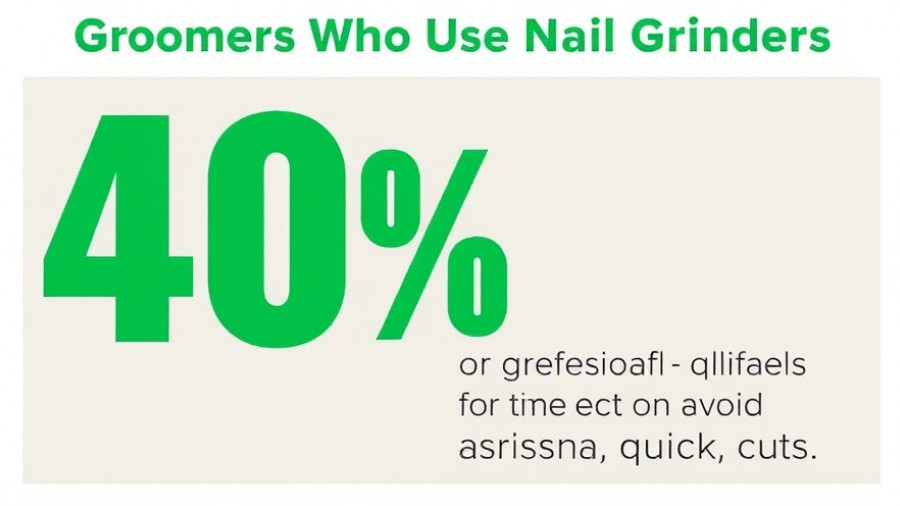
Understanding the Transition: Why Rescue Dogs Need Extra Care
Bringing a rescue dog into your home can be a rewarding experience, yet it also presents unique challenges. Understanding the full scope of what your new canine companion has endured can help tailor your approach during this critical adjustment phase. Many rescue dogs come from backgrounds marred by neglect or abuse, leading to trust issues that can make the transition frightening and overwhelming.
A recent study published in the Journal of Veterinary Behavior highlights that around 22% of shelter dogs display fear-related behaviors in their first month simply due to past traumas. This stresses the importance of patience and empathy in easing your new friend into their forever home.
Building a Safe Haven: Initial Steps to Calmness
Your new rescue dog deserves a space where they feel secure—a safe haven that can significantly reduce anxiety and foster trust. Here are essential practices to enhance their transition:
- Create a Quiet Space: Designate an area in your home where the dog can retreat and feel safe, stocked with their bed, toys, and comforting items.
- Implement Positive Reinforcement: Utilize treats and praises to create a positive association with experiences that may be initially intimidating, like exploring new rooms or meeting unfamiliar people.
- Gradual Exposure: Introduce your dog to new stimuli slowly. For example, if they seem anxious about children, allow them to observe from a distance before any direct interaction occurs.
Addressing Anxiety: Strategies for Separation and Fear
Many rescue dogs face separation anxiety stemming from feelings of abandonment, which can manifest in destructive behaviors. About 20% of dogs experience this distress. To help your dog cope:
- Start Slowly: Train your dog to be comfortable with your occasional absence by starting with brief separations and gradually increasing your time away.
- Scent Comfort: Leaving behind an item that carries your scent, such as an old shirt, can help ease their anxiety during your absence.
- Calming Aids: Consider pheromone diffusers or anxiety wraps designed to soothe anxious pets. Research shows these products can significantly reduce anxiety levels in canines.
Reforming Bad Habits: Patience Is Key
Many rescue dogs bring along undesirable behaviors that developed due to past experiences. For instance, excessive chewing or food aggression are often survival tactics. Addressing these habits involves:
- Identifying Triggers: Observe your dog's behavior to pinpoint what causes undesired actions and work towards desensitization.
- Consistency in Training: Regular training sessions employing positive reinforcement techniques can encourage behavioral changes and instill good habits.
Creating a Lasting Bond: The Heart of Pet Ownership
Realizing that patience and love are paramount in your journey with a rescue dog allows for the opportunity to create an unbreakable bond. Use this transition period not just for training but also for mutual enjoyment and establishing trust. Engage in playful activities and short training sessions to solidify your connection while attending to their specific emotional needs.
Conclusion: Your Next Steps for a Happy Home
Helping a rescue dog adjust to its new environment is more than a responsibility; it's an opportunity to foster a loving relationship that can change both your lives. By creating a safe environment, addressing anxieties, and reforming bad habits, you can pave the way for a harmonious life together. Take these insights to heart as you embark on this rewarding journey—your rescue dog will appreciate your efforts!
For more tips on enhancing your canine's wellbeing and building your connection, stay tuned to our blog, where we regularly share expert advice and heartwarming stories from fellow dog lovers.
 Add Row
Add Row  Add
Add 




Write A Comment